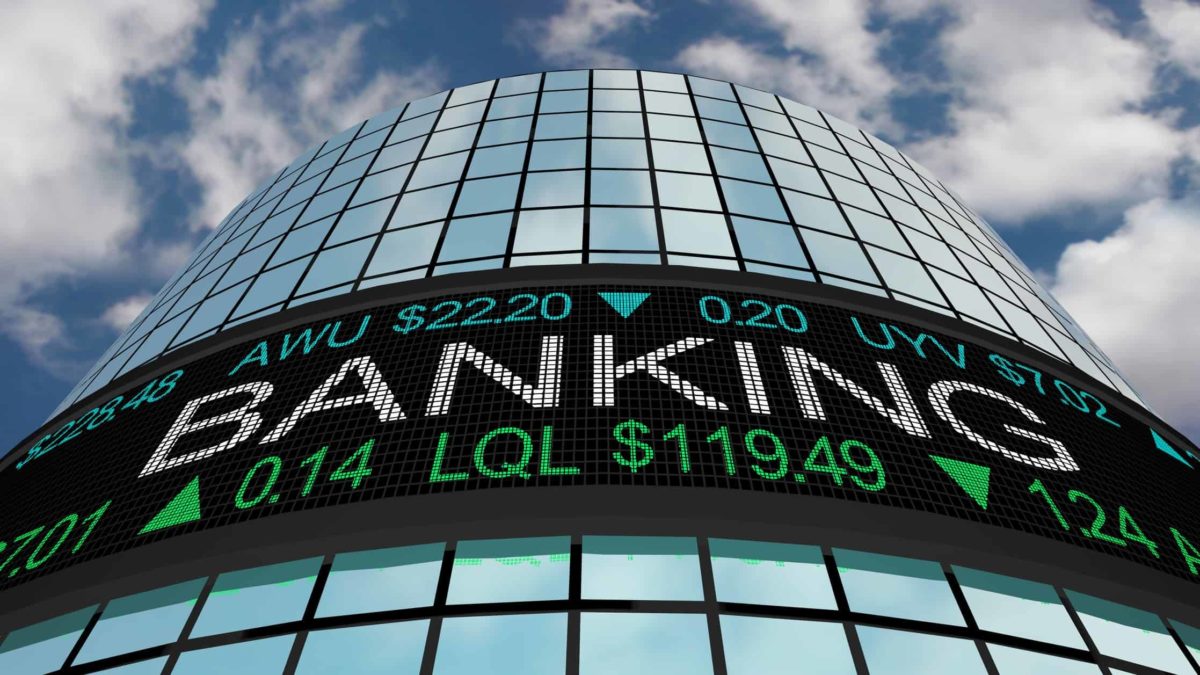The Australia and New Zealand Banking Group Limited (ASX: ANZ) share price has risen over 37% in the period since close of trading on Friday 22 May. This is the largest rise of all the four major banks. The larger National Australia Bank Ltd. (ASX: NAB) follows closely behind with a rise of just over 33% for the same period.
Why are bank shares rising?
Across the world, it's starting to look like the economic fallout from COVID-19 could be less significant than originally anticipated. This is particularly the case in Australia. On 26 May, UBS analyst Jonathan Mott, a known market bear, raised his expectations of the banking sector. Jonathan pointed out the current underperformance of bank shares given the better than expected outlook.
Many economic factors point to a recovery in bank performance. Not least of which was the $60 billion saving in JobKeeper due largely to clerical errors. An additional $10.6 billion in household spending power after early superannuation withdrawals and improvements in card and retail data are also contributing to optimism surrounding the sector.
It remains to be seen what will happen in September when the government assistance comes to an end. Still, the share prices of all major banks have all been relatively slow to rise since the March low point.
On 27 May, National Australia Bank announced it was increasing its capital raising to $4.25 billion, including an additional $1.25 billion for retail investors. This announcement appeared to carry the NAB share price higher along with the other major banks.
Tier 1 capital fueling the ANZ share price rise
On 2 June, ANZ announced it had sold its New Zealand business UDC Finance for 1.2x tangible asset value. This will provide an additional ~$439 million of Tier 1 capital, or available cash from retained earnings, in this case. This saw the ANZ share price rise even further.
In the ANZ chairman's report on 28 May, we learned that statutory profit after tax was down 51% for the first half of 2020. Accordingly, the board agreed to defer the decision on dividend payments. While this does not close the door on a dividend payment, it definitely reduces the certainty around whether it will eventuate. The chairman, David Gonski, acknowledged the value shareholders place on the regular payment of bank dividends and promised further information in August.
Foolish takeaway
It appears that the bank share prices are starting to level up to pre-pandemic levels. However, the ANZ share price is still down 14.9% year to date. Based on its current price of $20.97 at the time of writing, it would still require an increase of nearly 30% to reach the levels we saw in February prior to the crash. I'm not sure how long it will take, but I am confident the ANZ share price will return to these former levels.
Furthermore, ANZ's twelve month trailing dividend yield is 8.09%. This is a very healthy dividend payout. Nevertheless, it remains to be seen when or even if the banks will recommence dividend payouts at or near pre-pandemic levels. Though, I believe this is likely.
In my view, it is the size and stability of the dividend payment that attracts fund managers and retail investors.









